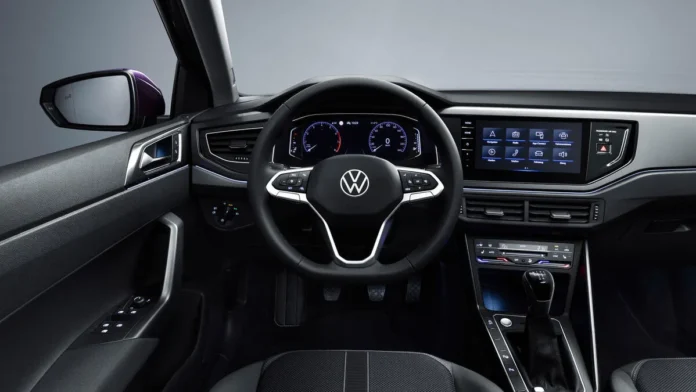To make customers happier, Volkswagen is bringing back real buttons in its newest cars. This comes after many drivers didn’t like using touch controls. Volkswagen, a German car company that likes to come up with new ideas, is focusing on making drivers happy by bringing back buttons you can touch.
Volkswagen is listening to what users think and is trying hard to put real buttons back in their cars. This change isn’t just about going back to the past, but it’s about combining new technology with buttons that people are used to so that driving is easier for everyone.
The push towards touch controls in cars was initially seen as a step into the future, providing sleek dashboards. However, the practicality of these systems faced criticism, with users finding them distracting and less intuitive. Locating specific functions and the lack of tactile feedback were common concerns.
Volkswagen’s decision aligns with a growing trend among drivers who are advocating for a more intuitive and driver-centric approach to in-car technology. By reintroducing physical buttons, Volkswagen aims to strike a balance between cutting-edge technology and the simplicity that users appreciate.
This move is expected to find favour in the Indian market, where the preference for straightforward and user-friendly interfaces is strong. Drivers often face challenges with touch controls, especially in diverse driving conditions. The reintroduction of physical buttons addresses these concerns, providing a safer and more accessible driving experience.
Volkswagen’s commitment to user satisfaction showcases the importance of customer feedback in shaping the future of automotive technology. The company is setting a new standard for user-centric design in the automotive industry.
Volkswagen is steering towards a more user-centric future, embracing physical buttons to enhance the driving experience.
In conclusion, Volkswagen’s decision to bring back physical buttons in its cars reflects a significant shift in the automotive landscape. As the industry progresses, manufacturers are learning the importance of striking a balance between innovation and user-friendly design. The move is not just a nod to nostalgia but a practical response to the evolving needs and preferences of today’s drivers.
Also Read:


